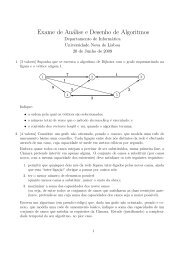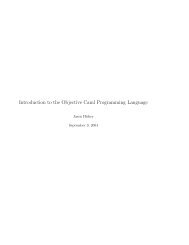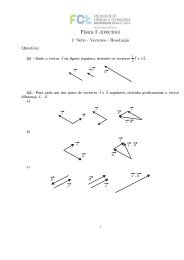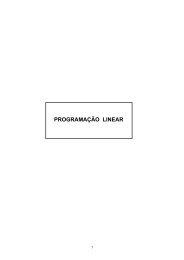Security Articles from Wikipedia
Security Articles from Wikipedia
Security Articles from Wikipedia
Create successful ePaper yourself
Turn your PDF publications into a flip-book with our unique Google optimized e-Paper software.
Block cipher modes of operation 21<br />
Counter (CTR)<br />
Note: CTR mode (CM) is also known as integer counter mode (ICM) and segmented integer counter (SIC)<br />
mode<br />
Like OFB, counter mode turns a block cipher into a stream cipher. It generates the next keystream block by<br />
encrypting successive values of a "counter". The counter can be any function which produces a sequence which is<br />
guaranteed not to repeat for a long time, although an actual counter is the simplest and most popular. The usage of a<br />
simple deterministic input function used to be controversial; critics argued that "deliberately exposing a<br />
cryptosystem to a known systematic input represents an unnecessary risk." [19] By now, CTR mode is widely<br />
accepted, and problems resulting <strong>from</strong> the input function are recognized as a weakness of the underlying block<br />
cipher instead of the CTR mode. [20] Nevertheless, there are specialized attacks like a Hardware Fault Attack that is<br />
based on the usage of a simple counter function as input. [21]<br />
CTR mode has similar characteristics to OFB, but also allows a random access property during decryption. CTR<br />
mode is well suited to operation on a multi-processor machine where blocks can be encrypted in parallel.<br />
Furthermore, it does not suffer <strong>from</strong> the short-cycle problem that can affect OFB. [22]<br />
Note that the nonce in this graph is the same thing as the initialization vector (IV) in the other graphs. The IV/nonce<br />
and the counter can be combined together using any lossless operation (concatenation, addition, or XOR) to produce<br />
the actual unique counter block for encryption.









